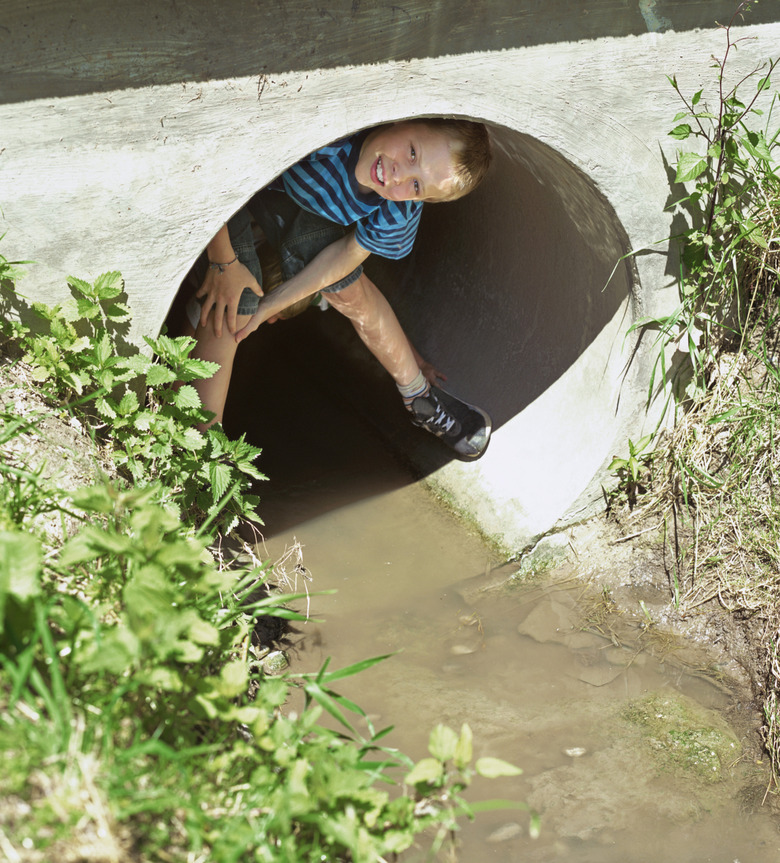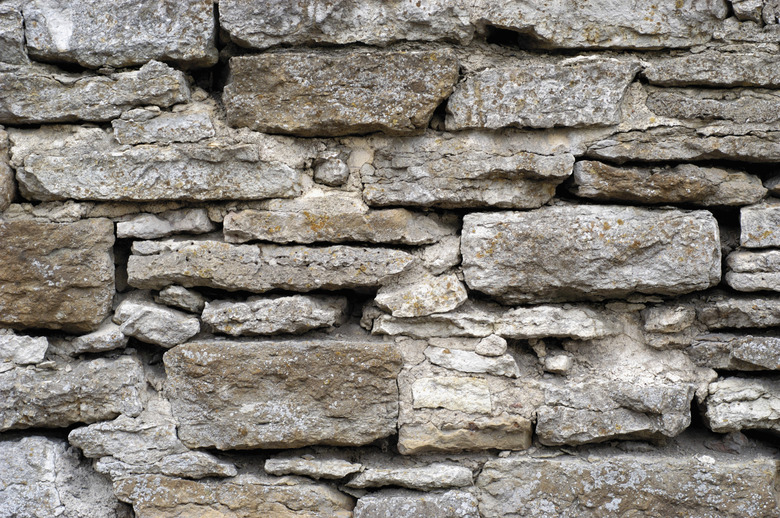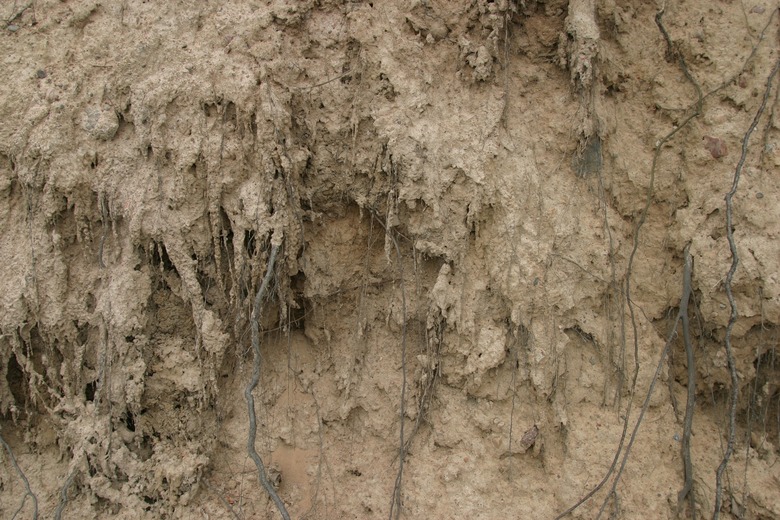Driveway Culvert Landscaping
Step 1
The functions of the culvert and your driveway conflict where the driveway crosses the culvert. If you fill in the culvert, the next heavy rain might wash out the driveway. Plants in the culvert might uproot and wash into the intersection, clogging the culvert. Any landscaping must balance the need to make the culvert attractive with the need to keep it clear and protect the driveway. Balance is created by placement of a pipe, 18 inches or greater in diameter, under the driveway and landscaping both the drive and the culvert to allow free movement of water. Local zoning regulations may vary.
Buffers
Step 1
A well-constructed driveway, just as the roadway it enters, crowns in the center so water cannot pond and eat away at its substance. Water does not, however, roll directly off the roadway into the culvert and it also should not roll directly off the driveway into the culvert, carrying oil, dirt and gravel with it. Establish a buffer along the driveway similar to that along the road to absorb and filter some of that material. Planting the buffer with tough plants — such as day lilies or native shrubs — helps break down compounds into useable carbon and nitrogen. Mulched beds catch gravel, leaves and other matter.
Step 2
- The functions of the culvert and your driveway conflict where the driveway crosses the culvert.
- Balance is created by placement of a pipe, 18 inches or greater in diameter, under the driveway and landscaping both the drive and the culvert to allow free movement of water.
Erosion Control
Step 1
In addition to controlling runoff, culvert intersection landscaping should control erosion, a process with the confusing double potential of clogging the culvert or washing out the driveway. Homeowners can address the threat of erosion by forming gentle slopes into the culvert from the driveway level or by building retaining walls out of stone or pavers. Whatever the strategy, any contouring or retention wall should graduate from the driveway walls down into the culvert.
Culvert Scape
Step 1
A modified rain garden landscape in a culvert helps prevent erosion and conserve water. Shallow rooted plants are easily washed away, so deep-rooted, native plants should decorate the slopes of your culvert. Choose marginal wetland plants that tolerate wet soil but also thrive during dry seasons. Drainage tile or other hard-scape material such as gravel beds or cement pavers at the bottom of the culvert provide shelter for the soil most likely to wash away; they allow water to percolate gradually into soil. With a free-flowing channel in the bottom of the culvert, the thick, deep roots of native wetland plants along its margins not only draw water from the wet soil, but also hold it in place.
Step 2
- In addition to controlling runoff, culvert intersection landscaping should control erosion, a process with the confusing double potential of clogging the culvert or washing out the driveway.
- With a free-flowing channel in the bottom of the culvert, the thick, deep roots of native wetland plants along its margins not only draw water from the wet soil, but also hold it in place.



